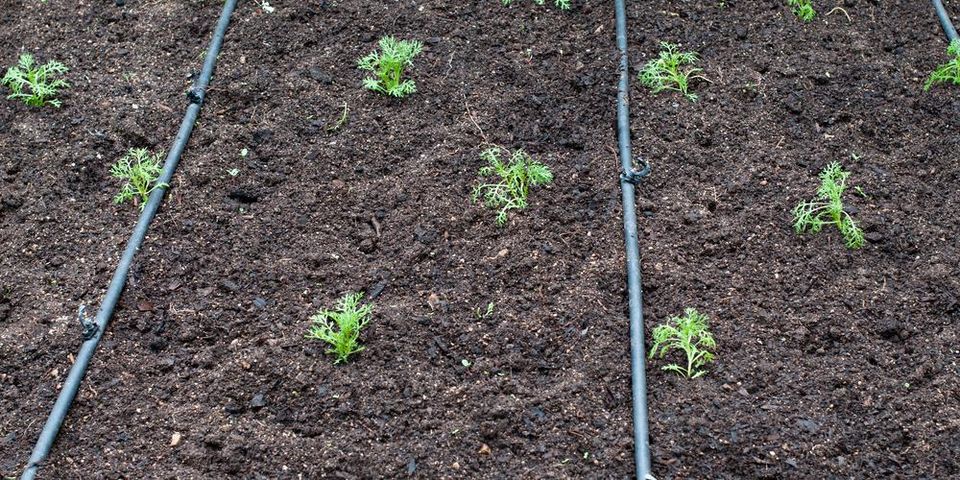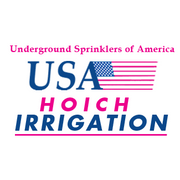Optimizing Water Use for Your Garden

Several factors affect your garden’s health, but perhaps the most essential is adequate water supply. Whether it’s too much or too little, it can be hard to maintain the proper moisture plants need to thrive. One of the best ways to keep your foliage healthy is to install an irrigation system. Follow this helpful guide to maximize your system’s results with proper setup and scheduling.
Helpful Tips for Watering a Garden
How Much Water Do Gardens Need?
The amount of water a garden needs depends on what’s growing and where. For example, if you live in areas of extreme heat with soil that naturally flows through your fingers, your garden requires high levels of moisture. In these conditions, plants will wilt without proper and regular irrigation. On the other hand, soil that is naturally dark and leaves wet smudges on your palms has ample moisture. A garden like this can suffer from overwatering. Understanding these differences will help gardeners get a better handle on the frequency and amount of watering they should maintain.
What Are the Different Types of Garden Irrigation?
Luckily, there are a variety of irrigation methods that make watering a breeze:
-
 Hose-End Sprinkling: Since this DIY method requires only a hose and sprinkler, it is one of the most common and cost-effective solutions. However, hoses must be turned on and off manually, so there is a higher chance of wasting water if not monitored very carefully.
Hose-End Sprinkling: Since this DIY method requires only a hose and sprinkler, it is one of the most common and cost-effective solutions. However, hoses must be turned on and off manually, so there is a higher chance of wasting water if not monitored very carefully. -
Flood Irrigation: This system works by collecting water in a shallow dam around the edges of your garden. As the sun heats, the water overflow permeates the soil evenly and slowly. Since this method involves “flooding” the ground as the name suggests, it can be challenging to avoid water waste through accidental runoff.
-
Furrow Irrigation: This method is ideal for vegetables, as it uses a small system of ditches to deliver water to rows of plants. These shallow ditches can be dug using a gardening shovel or hoe, but the method does require a little ingenuity and trial and error to perfect.
-
Drip Irrigation: Drip irrigation uses a low volume/ high-frequency watering technique to drip water onto the soil. Thus, the dirt maintains healthy moisture levels at all times. However, fruits and vegetables that rest against the earth can succumb to soil rot over time, so vining plants should be trained to grow upwards along trellises to avoid the issue.
When Should Watering Take Place?
The most vital times for ensuring proper moisture are a plant's early phases of growth (i.e., seed germination and the emergence of a seedling). Regardless of where your plant is in its lifespan, you should let the soil tell you when it is thirsty. Use your hands to get a feel for the dirt at different times of day and time your watering to correspond with times it feels dryest.
If you need assistance with your garden, USA Hoich Irrigation has been Nebraska’s leading irrigation business for more than 30 years. Specializing in everything from grounds maintenance to lawn irrigation and sprinkler repair, this trusted business serves every commercial hub in Nebraska, including the Council Bluff and Lincoln areas. Give them a call today at (402) 896-5899 or visit their website for additional information.
About the Business
Have a question? Ask the experts!
Send your question

